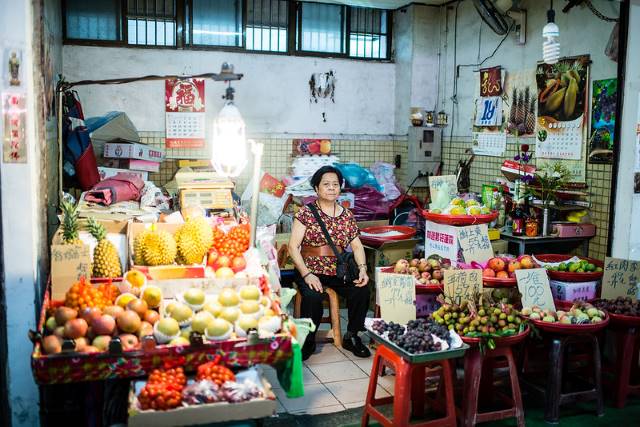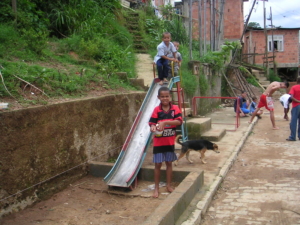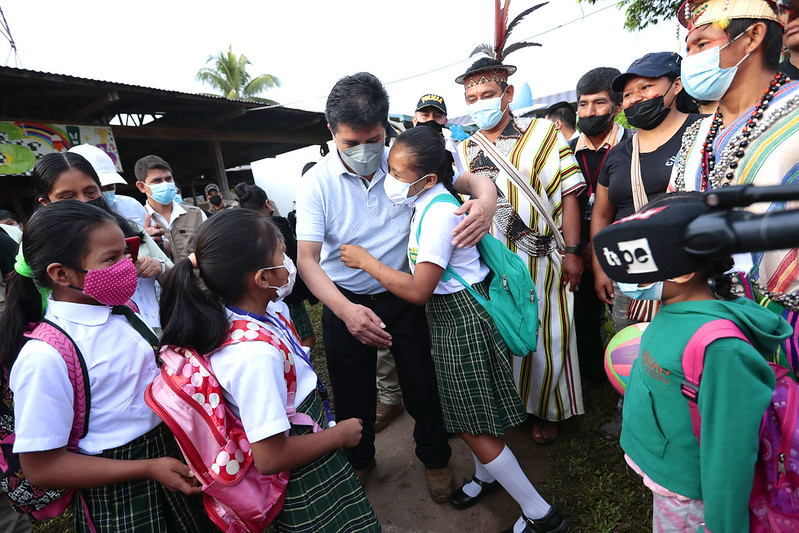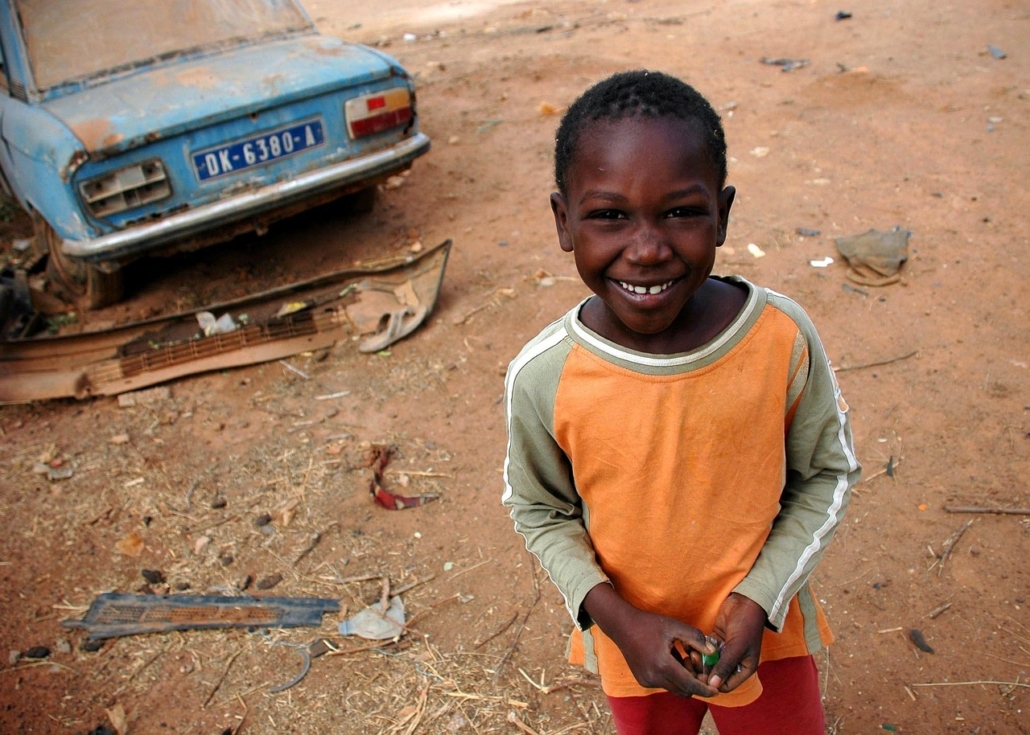 The United Republic of Tanzania is a lower-middle-income country in East Africa, formed in 1964 through the union of Tanganyika and the Zanzibar archipelago. Its population is estimated to be over 67 million. Tanzania is a country that struggles with both hunger and poverty. The Global Hunger Index ranked Tanzania 94th out of 127 countries in 2024, with almost a quarter of the population undernourished and a level of hunger classified as Serious. The World Bank has reported absolute poverty at 42.9%–steady over the last decade, although approximately half what it was in 2000.
The United Republic of Tanzania is a lower-middle-income country in East Africa, formed in 1964 through the union of Tanganyika and the Zanzibar archipelago. Its population is estimated to be over 67 million. Tanzania is a country that struggles with both hunger and poverty. The Global Hunger Index ranked Tanzania 94th out of 127 countries in 2024, with almost a quarter of the population undernourished and a level of hunger classified as Serious. The World Bank has reported absolute poverty at 42.9%–steady over the last decade, although approximately half what it was in 2000.
Global Nutrition Standards
Consistent with its GHI hunger rating, the 2022 Global Nutrition Report noted that Tanzania was on course to meet only two of the 13 global nutrition targets: exclusive breastfeeding and childhood wasting.
It has made some progress toward childhood stunting, low birth weight and anemia in women of reproductive age, but is off course on the remaining eight indicators. The country is suffering from the “triple burden of malnutrition,” the coexistence of undernutrition (stunting and wasting), micronutrient deficiencies (or hidden hunger) and overnutrition (overweight and obesity).
Tanzania’s Poor Nutrition
In February 2024, USAID observed Tanzania’s continuing nutritional challenges, noting that they were driven by poverty, lack of diverse quality diets and poor infant and young children feeding practices, along with insufficient access to essential health services (including WASH—water, sanitation and hygiene). This is exacerbated by limited information, poor coordination among the government, NGOs, and communities and a shortage of professional support.
Other factors affecting hunger and nutrition are where one lives, increased demands from displaced persons and variable climate:
- Rural vs Urban Differences. A 2024 University of Bonn study reported the highest nutritional deficiencies to be in Tanzania’s rural areas; this was a result of not eating enough, in addition to the diets being insufficiently diverse regarding healthy nutrients. Furthermore, in urban Dar es Salaam poor diets resulted from a reliance on heavily processed and ready-made foods. The healthiest areas were the so-called ‘secondary towns‘—urban centers with populations of 500,000 or fewer.
- Supporting Refugees. As of February 2023, Tanzania was hosting more than 247,000 refugees from Burundi and the Democratic Republic of the Congo. By the end of August 2024, there were still 233,257 displaced persons—refugees and asylum seekers.
- Impact of Climate. It was anticipated that 466,000 people (10% of the analyzed population) would face a high level of acute food insecurity from February to May 2025 because of climate conditions (dry spells, flooding) and high food prices, combined with limited opportunities for generating income. However, this would be an improvement over the previously assessed period, with increased rainfall and further expected improvement (reduced by half) for June to October 2025.
Domestic Attention
- In 2015, there was a commitment to revise the country’s food and nutrition policy and prepare a 10-year implementation strategy (2015/2016–2025/2026) that would include nutrition in sector-specific strategies or plans.
- The second National Multisectoral Nutrition Action Plan (NMNAP II) is a five-year plan (2021/22-2025/26) to address all forms of malnutrition, with a 2026 goal of a country where “Women, Men, Children, and Adolescents are better nourished and living healthier and more productive lives.” NMNAP II aims to reduce the triple burden of nutrition through multisectoral intervention and community initiatives to increase financial investment, research, development and innovation and improved nutrition coordination.
- The Tanzania Investment and Consultant Group Ltd. (TICGL) is an economic research and strategic advisory firm active in Tanzania and the East African region. In a September 2024 assessment, TICGL reported on the extent of Tanzania’s food insecurity (acute), the drivers of this insecurity (climate and economic pressures) and regional vulnerabilities. TICGL sees the food crises as challenges to sustainable economic growth and development, impacting agricultural productivity, inflation and economic stability, developing a healthy and productive workforce and attracting investment. These challenges need to be addressed to achieve the U.N.’s Sustainable Development Goals of Zero Hunger (SDG 2), No Poverty (SDG 1) and Decent Work and Economic Growth (SDG 8).
International Support
- U.S. foreign assistance. U.S. foreign assistance programs reached over 2.4 million people, 2018-2023, including support for small-scale food processors to develop and grow products that would increase the availability of foods that could reduce malnutrition.
- The Global Alliance for Improved Nutrition. GAIN is a Swiss-based U.N. initiative, established in 2002 to tackle malnutrition. GAIN has been active in Tanzania since 2010, providing targeted technical, financial and policy support to key food system participants. These have included the government at all levels, the private sector, civil society, consumer groups and international and local development partners.
- The World Food Programme. WFP, active in Tanzania since 1963, estimates that 59% of Tanzanian families cannot afford a nutritious diet. Indeed, WFP delivers monthly food baskets to over 200,000 refugees, provides support for smallholder farmers and promotes reforestation, alternative energy solutions and landscape improvement. The organization also trains health workers, supplies nutrition equipment and tools and facilitates the design and implementation of sustainable school-meal programs that include establishing school gardens and climate-smart agricultural practices.
Tanzania recognizes that addressing food insecurity and hunger is only the first step in improving quality of life. The domestic and international focus on nutrition in Tanzania is taking the next step.
– Staff Reports
Photo: Flickr



 Since 2003,
Since 2003, 
 Peru has had a volatile relationship with poverty for decades. In the mid-1980s to early 1990s, people had suffered the peak of poverty in Peru in the past 100 years;
Peru has had a volatile relationship with poverty for decades. In the mid-1980s to early 1990s, people had suffered the peak of poverty in Peru in the past 100 years; 


